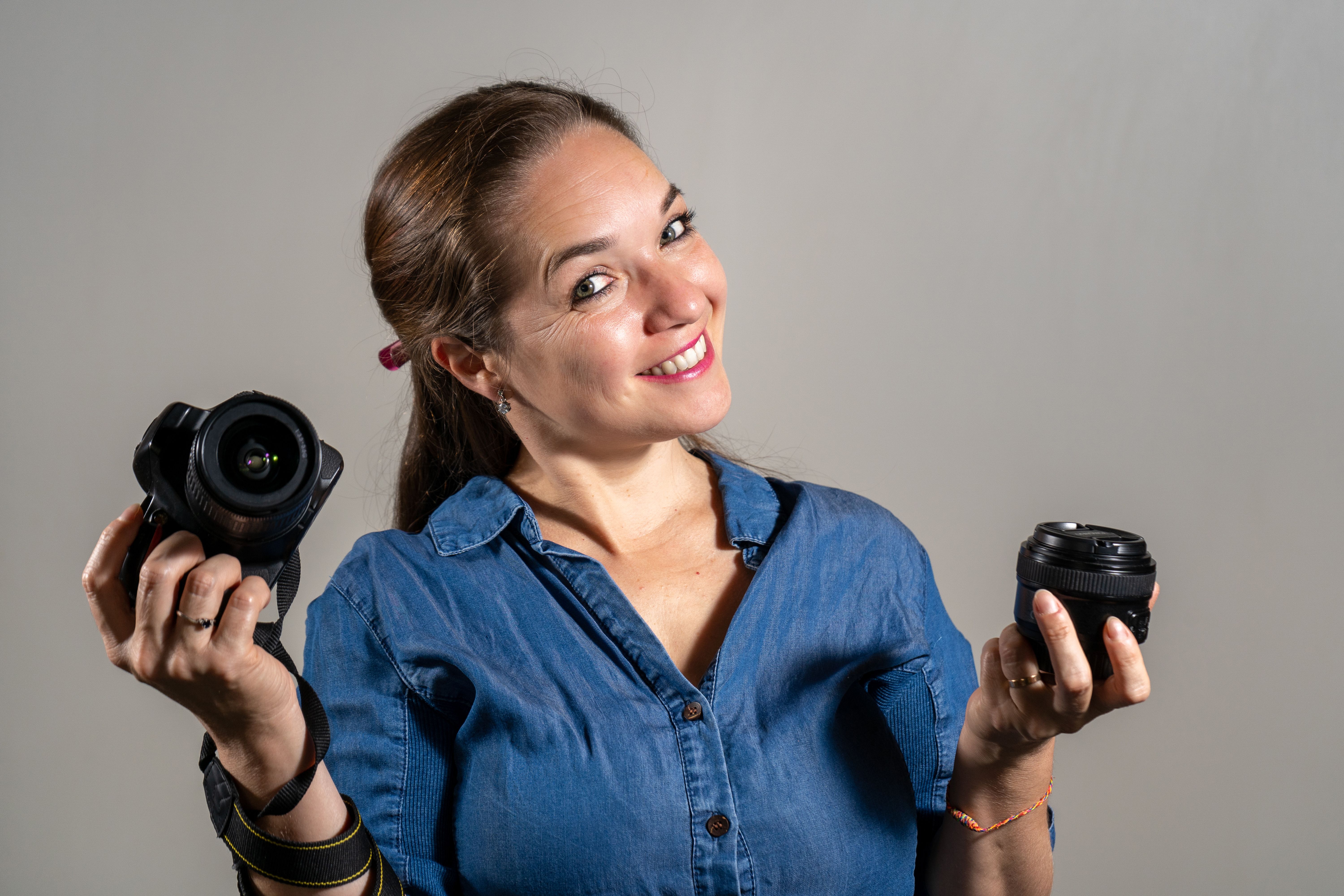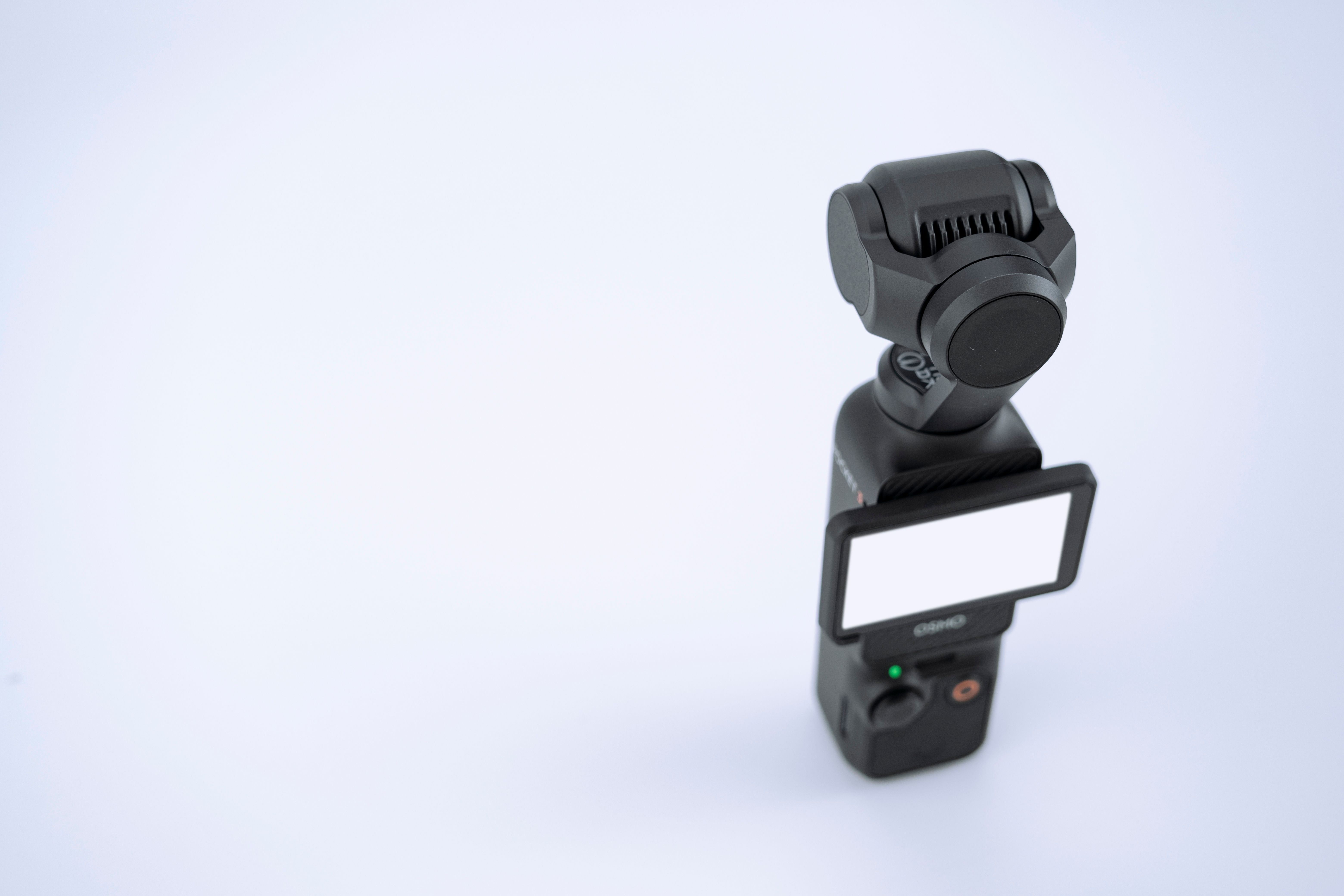DSLR vs Smartphone: Which Camera Captures Better Photo Book Memories?
Introduction to DSLR and Smartphone Cameras
In the age of digital photography, capturing memories has never been easier. With the rise of smartphones equipped with impressive cameras, many people wonder whether they should invest in a DSLR or rely on their phone for photo books. Both options have their merits, but which is truly better for immortalizing those cherished moments?
DSLR cameras have long been the choice of professional photographers. They offer a range of features and settings that allow for greater control over the final image. On the other hand, smartphone cameras are incredibly convenient, fitting right into your pocket and always ready to capture a quick shot.

Image Quality and Versatility
One of the most significant differences between DSLRs and smartphones is image quality. DSLRs typically boast larger sensors, which capture more light and detail, producing higher-quality images with less noise. This is especially important in low light conditions, where smartphones often struggle despite advancements in technology.
Meanwhile, smartphones have made impressive strides in camera technology with features like computational photography, which enhances images through software. Some high-end models even offer multiple lenses to mimic the versatility of a DSLR. However, when it comes to sheer image quality and adaptability in various lighting conditions, DSLRs still have a slight edge.

Convenience and Portability
When it comes to convenience, smartphones are hard to beat. They are always within reach and allow you to share your photos instantly on social media or with friends and family. Their compact size means you can take them anywhere without the extra weight of a DSLR camera bag.
Conversely, DSLRs require more preparation. They are bulkier and often need additional equipment like lenses and tripods, making them less ideal for spontaneous photo opportunities. However, if you’re planning a dedicated photography session, the effort can be worth the superior results.

Editing Capabilities
Editing photos has become an integral part of photography, allowing you to enhance and personalize your images before printing them into photo books. Smartphones come equipped with a myriad of apps offering quick edits and filters that are user-friendly and effective for casual photographers.
On the contrary, DSLR users often rely on more advanced software like Adobe Lightroom or Photoshop. These programs offer extensive editing capabilities that can refine images to a professional standard. While this may not be necessary for everyone, those looking to create a polished photo book may appreciate the depth of editing options available with DSLR images.
Cost Considerations
Price is another important factor to consider when choosing between a DSLR and a smartphone for your photography needs. High-quality DSLRs can be expensive, especially when factoring in lenses and accessories. However, they can be seen as an investment for those serious about photography.
Smartphones, while also costly at the higher end, serve multiple functions beyond photography, which might justify their price point for many users. They offer a convenient all-in-one device without the need for additional equipment.

Conclusion: Which is Right for You?
The decision between a DSLR and a smartphone ultimately boils down to your personal needs and preferences. If you prioritize convenience and want a device that fulfills multiple roles, a smartphone is an excellent choice. However, if you're passionate about photography and desire professional-level control over your images, investing in a DSLR could be well worth it.
Ultimately, both options have their strengths and can produce beautiful photo book memories. Consider what aspects are most important to you—whether it's image quality, convenience, or cost—to make the best choice for capturing your life's moments.
